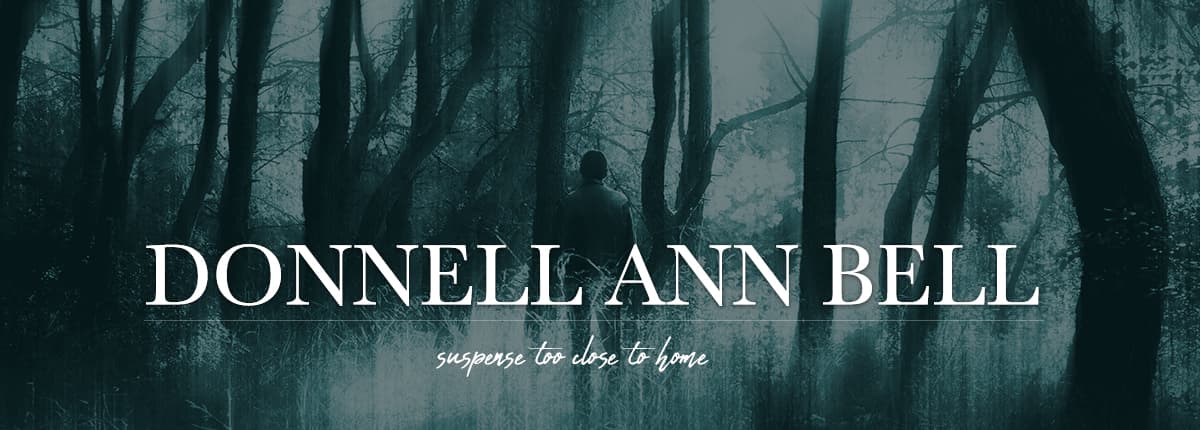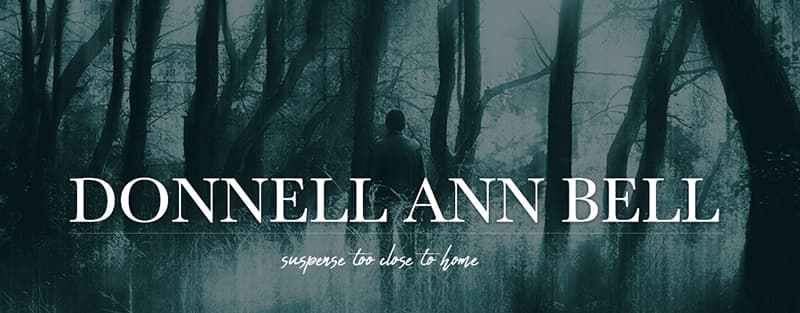 Greetings, friends, and welcome to my Friday blog. I met today’s guest at Left Coast Crime earlier this year and was fascinated to learn she wrote historical mysteries. Equally impressive is to learn she wrote about Los Angeles in the 1800s when it had a population of 10,000! Want to learn more? Please welcome Anne Louise Bannon to Help From My Friends Friday. ~ Donnell
Greetings, friends, and welcome to my Friday blog. I met today’s guest at Left Coast Crime earlier this year and was fascinated to learn she wrote historical mysteries. Equally impressive is to learn she wrote about Los Angeles in the 1800s when it had a population of 10,000! Want to learn more? Please welcome Anne Louise Bannon to Help From My Friends Friday. ~ Donnell
Ripped from the Headlines
By: Anne Louise Bannon

Author Anne Louise Bannon
The world of news has always been a source of inspiration for writers. For me, it’s an important resource for my historical mysteries, particularly the Old Los Angeles series. I wasn’t around in 1872, and while I do live in the Los Angeles area, and have photos from the period that I can look at, it’s not always obvious what life was really like in the pueblo at the time.
But I do have newspapers. The Los Angeles Daily News and The Los Angeles Daily Star are available on microfilm at the central branch of the Los Angeles Public Library. True, I’m getting mostly one person’s perspective from the newspaper stories that I read. But I get the nitty gritty of what’s going on in a small place like L.A. was back then. Horse races – with buggies. A new roller skating rink. Advertisements that provide hints to what people were eating or considered special treats.
Book four of the Old Los Angeles Series, Death of an Heiress, features young Lavina Gaines as the Heiress. The character has the name of a real person who lived in the pueblo. I found this out when her father, Robert Gaines, published a notice in the Daily News in fall of 1870 that he was no longer going to pay her debts. That happened during my research for book two, Death of the City Marshal. She popped up as a minor character in that one, and had a small but critical role in Death of the Chinese Field Hands, book three, and inspired book four.
She [Lavina Gaines] turned out to be quite a different person than I originally thought, and I really hated killing her off. But that’s what we writers do sometimes. Sigh.
While I was pulling together my plot for Death of an Heiress, I turned to my favorite resource, the newspapers. It turns out that during the time I was setting my story, there was a measles epidemic in the pueblo. My main character, Maddie Wilcox, is a doctor. Gee, I wonder what she’d be doing. The thing that really struck me was that the paper notes that school attendance was way down, even to half, with kids and the measles and mumps. Mumps is not fun, but not usually something you call a doctor for, at least not in the 1870s. It was way too common.

But the measles. OMG. The last line in the second snippet I pulled floored me. “Fortunately few have died.” That’s right. Measles can be deadly, especially for the very young and adults. Particularly for adults. The fun thing was, I was working on this story during the Pandemic.
Then there was the other little item about a fire at a dispensary. “As soon as the fire was discovered alarm was sounded by firing of pistols and the ringing of the firehouse bell.” Then I read on the L.A. Fire Department site’s page on the history of the department what that really meant. The shots were three shots in succession.
One of the things that most people don’t realize about Los Angeles is that it was an extremely violent place, with maybe 13 murders a year. Okay, that doesn’t sound like much until you realize the city’s population didn’t hit 10,000 until the mid-1870s, probably later. I often joke that I solved the Cabot Cove Syndrome by setting my stories in a place where it’s actually logical that my sleuth would encounter plenty of murders.
So, when the shots are fired in Death of an Heiress, Maddie remarks that it wasn’t all that  unusual to hear gunfire there. She waits until she hears the three shots in measured succession, and then the bell tolling. It’s a fun, dramatic moment that also provides an alibi for a suspect (not saying who).
unusual to hear gunfire there. She waits until she hears the three shots in measured succession, and then the bell tolling. It’s a fun, dramatic moment that also provides an alibi for a suspect (not saying who).
But it came about because of a small story in the daily paper. I’m now finishing… Well, I’m never finished researching, but I am getting ready to switch from finding out what I can to getting the outlining started, and once again, the Daily Star is helping. Not the Daily News, though. Apparently, it went under in November 1872, according the editorial in the Star. The very gloating editorial.
We’ve got the Southern Pacific railroad coming to town. Hmmm. There’s gotta be a good motive in that mess…
 About the Book:
About the Book:
When the unmentionable stalks the pueblo
It starts when the inheritance that Lavina Gaines was to receive is stolen by her brother Timothy. Then an old Indian healing woman is murdered. Winemaker and physician Maddie Wilcox wants to find the person responsible for Mama Jane’s death, but is also occupied with another killer – the measles.
When Lavina’s friend Julia Carson dies trying to rid herself of a pregnancy, Lavina asks Maddie’s help finding the man responsible for Julia’s child. Soon after, Lavina is killed and her murder bears an uncanny resemblance to that of Mama Jane’s. The only motive Maddie can find involves Julia’s death, which is not the sort of thing one talks about. Not only that, Lavina’s nether garments are missing.
It’s a difficult challenge, but Maddie rises to it, searching among the many men of the pueblo, including some of her dearest friends.
How does a proper lady in 1872 get the answers she needs to stop a killer determined to stop her first?
About the Author: Anne Louise Bannon is an author and journalist who wrote her first novel at age 15. Her journalistic work has appeared in Ladies’ Home Journal, the Los Angeles Times, Wines and Vines, Seamwork, and in newspapers across the country. She was a TV critic for more than 15 years, founded the YourFamilyViewer blog, and created the OddBallGrape.com wine education blog with my husband, Michael Holland. She is the co-author of Howdunit: Book of Poisons, with Serita Stevens, as well as author of the Freddie and Kathy mystery series, set in the 1920s, the Operation Quickline series and the Old Los Angeles series, set in the 1870s. Anne Marie Bannon and her husband live in Southern California with an assortment of critters.











Anne Louise, I am interested in why you chose historical fiction, Los Angeles, and for those who haven’t read the book. Did they call Old Los Angeles in 1872 a pueblo? Thanks for being my guest today.